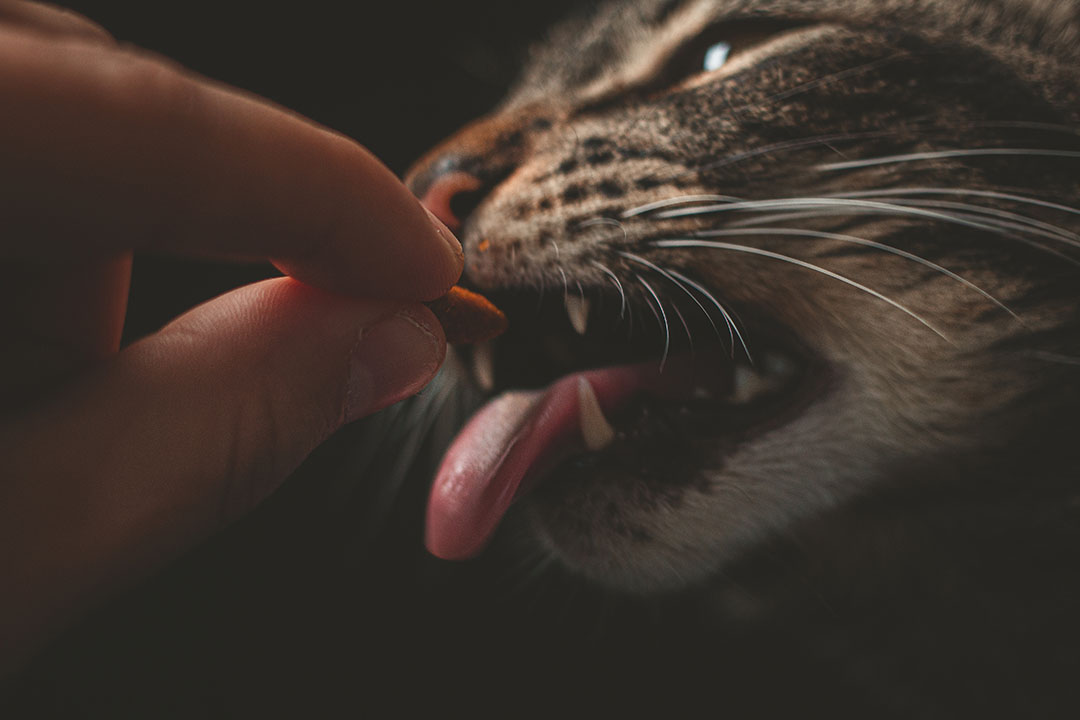Covid-19: Potential impact on the Russian petfood market

Russian customers will have to cut down almost all expenses because of Covid-19 to a greater extent than customers in any other emerging markets of the world. Petfood segment is not an exception, a research conducted by the Boston Consulting Group showed.
The anticipated economy turmoil in Russia caused by the nationwide holiday, introduced to slow down the spread of Covid-19 and the fall of the global oil price, makes the list of markets where turnover is expected to grow really short. In the foreseeable future, Russians will pay more only on their utility bills, for Internet and communications, over-the-counter medicines and fresh food, the research showed. In every other areas expenditure are expected to remain flat or shrink.
This may question the further growth in the domestic petfood market. In 2019, the overall sales of petfood in the country totalled 624,500 tonnes for $ 3.05 billion, Euromonitor International estimated. The domestic sales were growing from 5% to 10% per year over the past several years and almost all market participants believed that it had strong growth potential due to a low-based effect. According to Fydor Borisov, chairman of the Russian association of pet food producers the market could have grown by 50% since the share of citizens feeding pets with food from the table remained rather high. The petfood market in RussiaIn has, in the past few years, grown by a factor of 4 times faster than food retail, Alexey Korneev, analyst of the Moscow-based think tank GK Finam said. 75% of all petfood in the country was manufactured by Mars and Nestle.
Capacity expansion plans
On the background of the bright forecasts a large number of companies were mulling plans to establish new production capacities in the country. In 2020, Mars was going to double its capacities for wet petfood production at its plant in Rostov Oblast, Russia, the regional government said in a statement on its website. The company invested Rub1.1 billion ($ 15 million) into building a new production line for 29,000 tonnes of wet petfood production per year. The first line of that plant with the same production performance was launched in 2017. From the very beginning, Mars was harbouring plans to establish 2 production lines at the plant, Igor Burakov, spokesperson for the regional government said. The company earlier explained that its Rostov plant was serving the needs of the central and southern parts of European Russia, where 43% of pets in Russia were living. According to Valery Shapov, director of Mars Russia the investments in the new production were timely because there was not a single competitor in the southern part of Russia, while the sales market was limitless.
 Also read: Bringing back the science in pet food
Also read: Bringing back the science in pet food
Pet food studies can be quite expensive, but are pivotal to bringing the science back to the conversation before pet owners decide themselves what’s best for their pet.
Some Russian companies were also planning expansion. Russian agricultural holding Miratorg launched petfood plant in Kursk Oblast in 2019 for Rub5 billion ($ 75 million) and announced plans to invest Rub4 billion ($ 60 million) to boost production in the coming years. In early 2020, the Russian company ASK unveiled plans to build a plant for petfood production in Lipetsk Oblast, Russia for Rub1.3 billion ($ 18 million). So far there is no information that any of those projects had been affected with the anticipated unfavourable economy conditions in the country.











